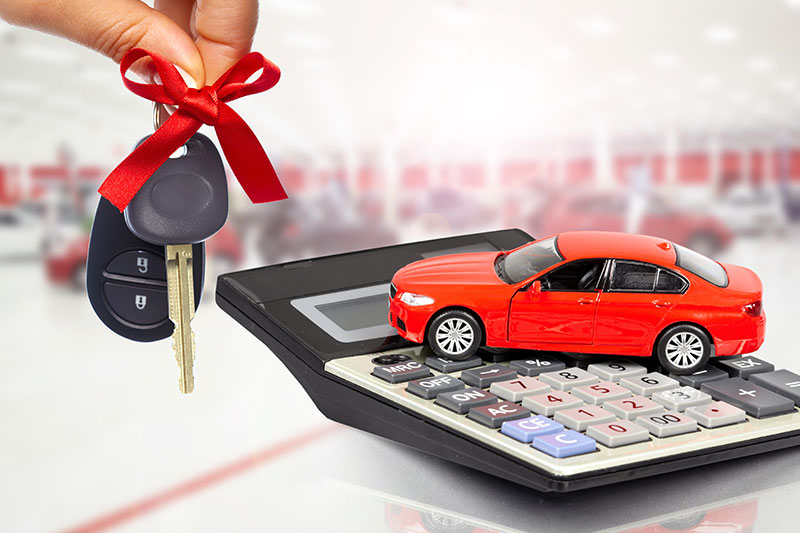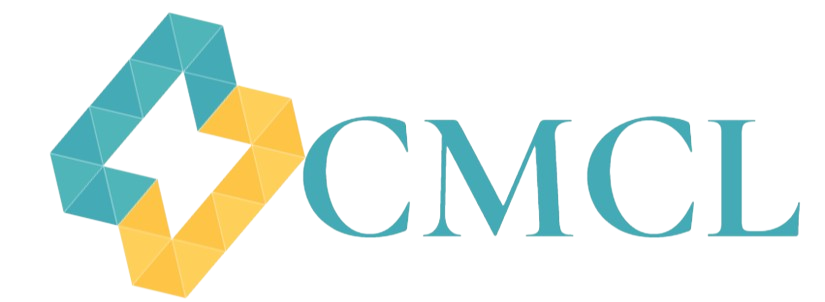Home Loan

Home Loan
There are two primary methods of borrowing money to buy a Home: direct and indirect. A direct loan is one that the borrower arranges with a lender directly. Indirect financing is arranged by the Home dealership where the Home is purchased. Legally, an indirect “loan” is not technically a loan; when a Home buyer obtains financing facilitated by a dealership, the buyer and dealer sign a Retail Installment Sales Contract rather than a loan agreement. The dealer then typically sells or assigns that contract to a bank, credit union, or other financial institution. Usually, the dealer knows in advance which financial institution will buy the contract. The borrower then pays off the financial institution the same as for a direct loan
Typically, the indirect auto lender will set an interest rate, known as the "buy rate". The auto dealer then adds a markup to that rate, and presents the result to the customer as the "contract rate".[citation needed] These markups have been the focus of some regulatory scrutiny because they can cause variations in interest rates that are not correlated with credit risk
Home leases
A lease is a contractual agreement between a person who owns the property (lessor) and a person who gets to use it during the term of the lease (lessee). Usually, Home leases allow the lessee to drive the Home for a certain number of miles for a certain number of years. The lessee pays a fixed monthly payment for the privilege of driving the vehicle, and when the lease ends, the lessee returns the vehicle to the lessor. The lessee pays only for the value of the vehicle for the term of the lease. Lenders calculate lease payments based on the vehicle’s residual value, or what they estimate the Home will be worth when the lease is over

Home purchases
The most common method of buying a Home in the India is borrowing the money and then paying it off in installments. Over 85% of new Homes and half of used Homes are financed (as opposed to being paid for in a lump sum with cash). Roughly 30% of new vehicles during the same time period were leased

Spot delivery
Spot delivery (or spot financing) is a term used in the automobile industry that means delivery a vehicle to a buyer prior to financing on the vehicle being completed. Spot delivery is used by dealerships on the weekend or after bank hours to be able to deliver a vehicle when a final approval cannot be received from a bank. This method of delivery is regulated by many states in the India, and is sometimes referred to as a "Yo-Yo sale" or "Yo-Yo Financing
